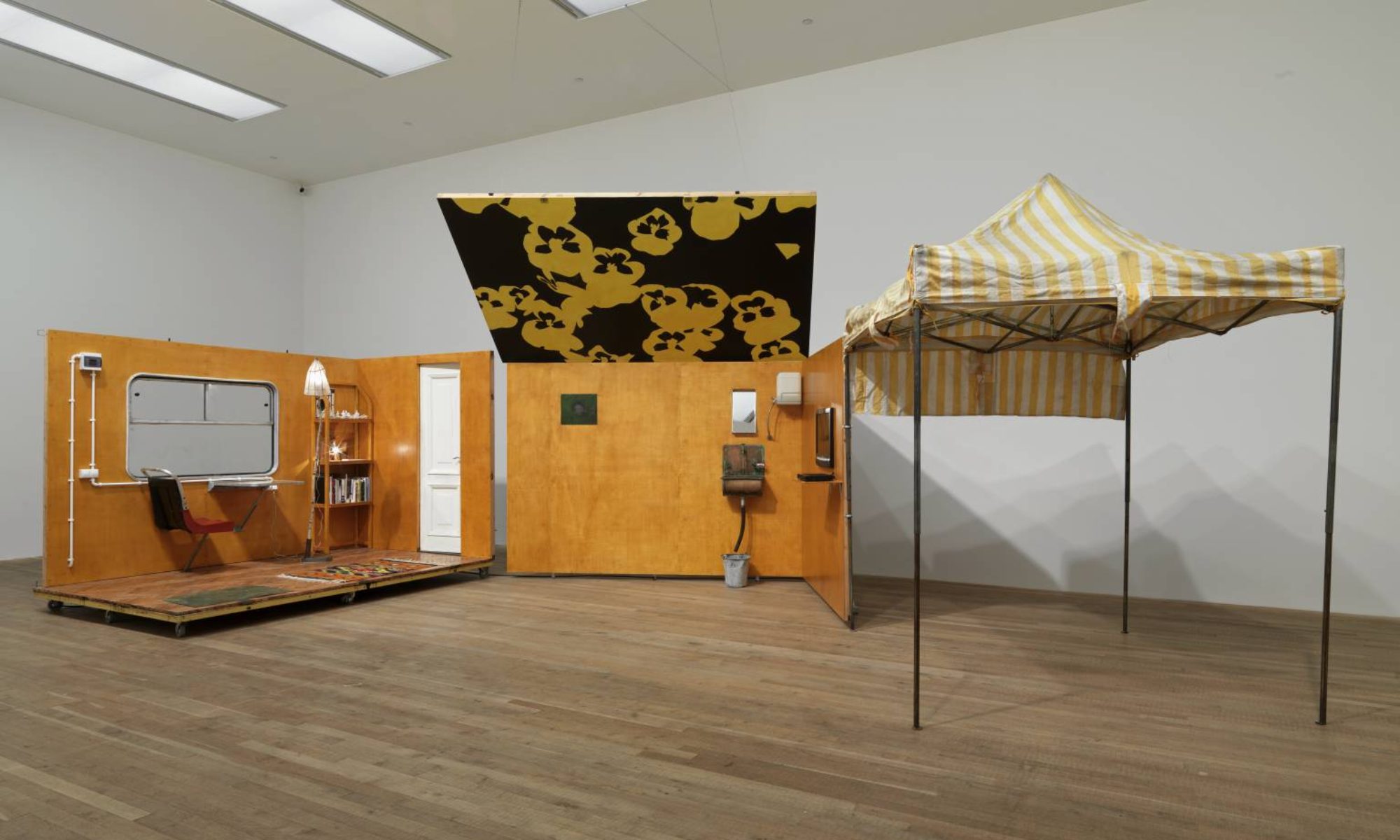Since we’ve been discussing poetry as it relates to the physical image, I’ve been considering the existence of poetry without language. After all, it seems that art in itself is poetry, as is photography. A new kind of book has emerged in contemporary literature, where we have, in a way, returned to childhood—a book accompanied by a few lines or a caption and then an image, sometimes lacking direct relation to the words, but more often than not establishing some other kind of relation through mood, composition, etc.
So, it is very clear that poetry CAN exist without language, that is when we are speaking about the very broad definition of it, where almost all things complex with some sort of sense become a poem. The song, the photograph, the drawing, the tradition, the life of a person, science, etc. But then, what about us poets of language? Do we become useless? Since the whole world can practice something that we hold as dearly as we do with just as much precision through a different form, does that require us to step OUTSIDE of language and, as students of the poem, take up multiple forms, so that we may truly master the ‘poem’?
I’m not sure. Maybe, we can consider the traditional form of the poem. How it began, how it evolved. It’s almost like my desire to invent the typewriter because it facilitated the storage of knowledge, the creation of the computer, and thus other complex methods that exist because of our ability to work at a faster pace than before. The traditional form of the poem informs the other forms of poetry that exist outside of language. And art informs the poem, photography informs both, and so each form becomes the other. This confuses me. Is the word poem then supposed to be more narrow than we are considering it to be? The word poem is used to explain the creative use of language to create a specific form on the page or when spoken, and the word art is used to describe the creative use of drawing or other methods to bring about an image or form on a canvas, etc. With these words, poetry, art and photography, are we describing the same thing in different forms? In other words, are these words a substitute for something larger, intangible and then presented through different forms? I don’t know, what do you think? As you can see, this question is driving me a little nuts.


